John Marshall (1755-1835) was described by President John Adams as the most important founding father never to become president. He was a lawyer, Founding Father, statesman, and the longest-serving Chief Justice of the United States, serving from 1801 until his death in 1835.
He also served as the U.S. Secretary of State under President John Adams, and as a representative in the U.S. House of Representatives from Virginia, which makes him one of the few Americans to have served on all three branches of the federal government.
All this (and that’s just the tip of the iceberg) from a man who received just one year of formal education.
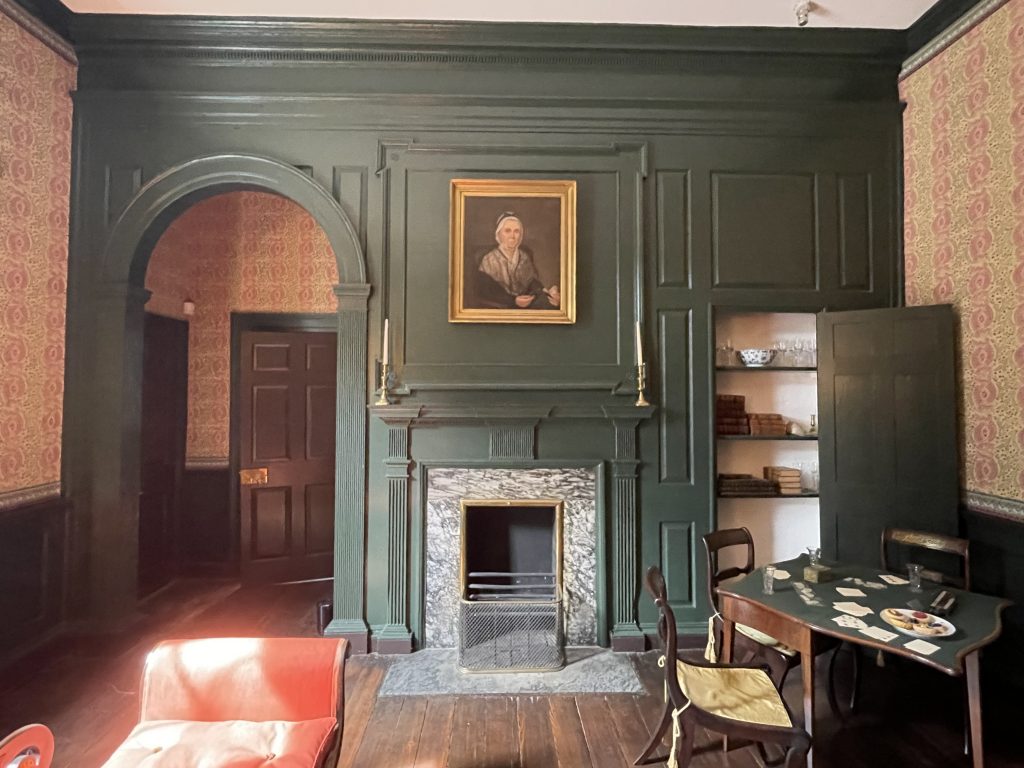
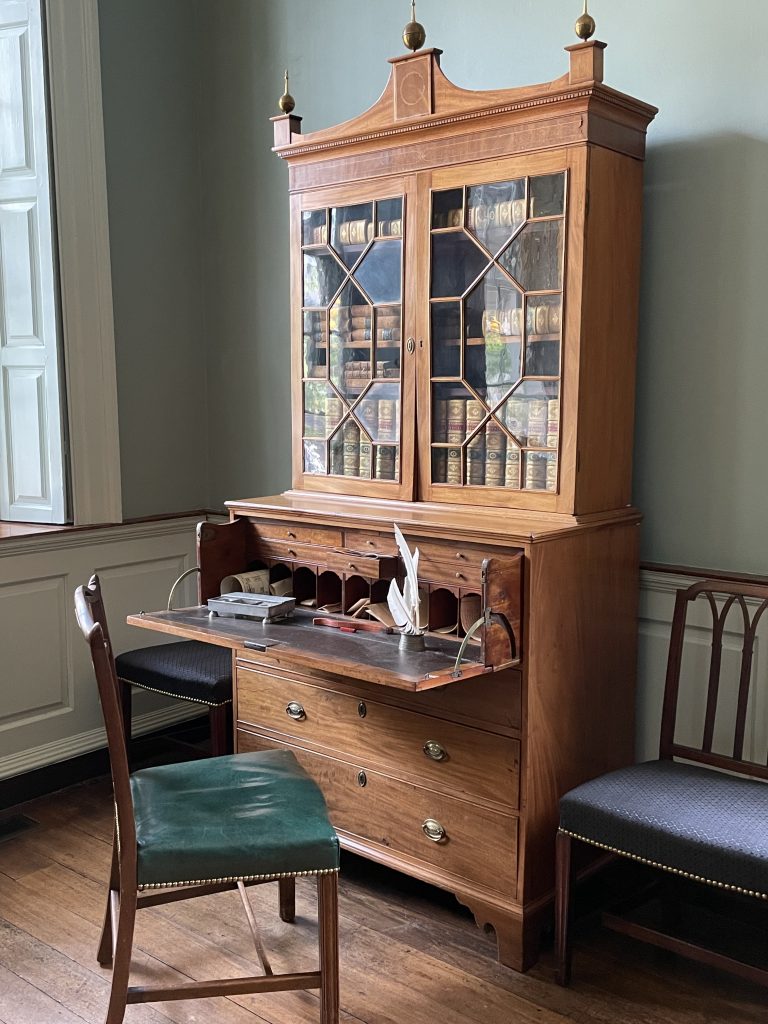
Lest you think Marshall was all that and a bag of chips, I disclose that Marshall enslaved hundreds of people over his lifetime. He issued many pro-slavery rulings during his time on the Supreme Court, but the worst part of our tour was this story: Marshall received his first enslaved person, Robin Spurlock, as a wedding gift.
Spurlock remained Marshall’s manservant until Marshall’s death more than 50 years later. In his will, Marshall offered Spurlock freedom on one of three conditions: that he receive a small sum and move to another state; receive a larger sum but move to Africa; or remain enslaved and choose his new master/mistress from among Marshall’s children.
Spurlock was 78 years old and his family was still locally enslaved! This is hardly an offer of freedom. In fact, Spurlock chose to remain enslaved. I could hardly focus on anything else for the rest of the tour, feeling that Marshall rationalized his actions as something honorable, when it was anything but. It is hard to look at history from modern points of view, sometimes.
The Federal-style brick home in Richmond, Va., was built in 1790. Marshall lived here with his wife Mary (“Polly”) and their children. The couple had ten children, only six of whom lived to adulthood. By all accounts, Mary was a dynamic woman, but childbearing and additional miscarriages took their toll on her health. On her prolonged deathbed, she took comfort in having Jane Austen’s Pride and Prejudice read to her.
There were originally several outbuildings (kitchen, laundry, law office, etc.) on the property, but those are long gone. The home was rented for a number of years after Marshall’s death and eventually the city of Richmond purchased the lot with the intention of demolishing the house and building a school.
Women’s organizations banded together to preserve the house, and in 1911 it fell under the care of Preservation Virginia, which has operated it as a museum ever since.
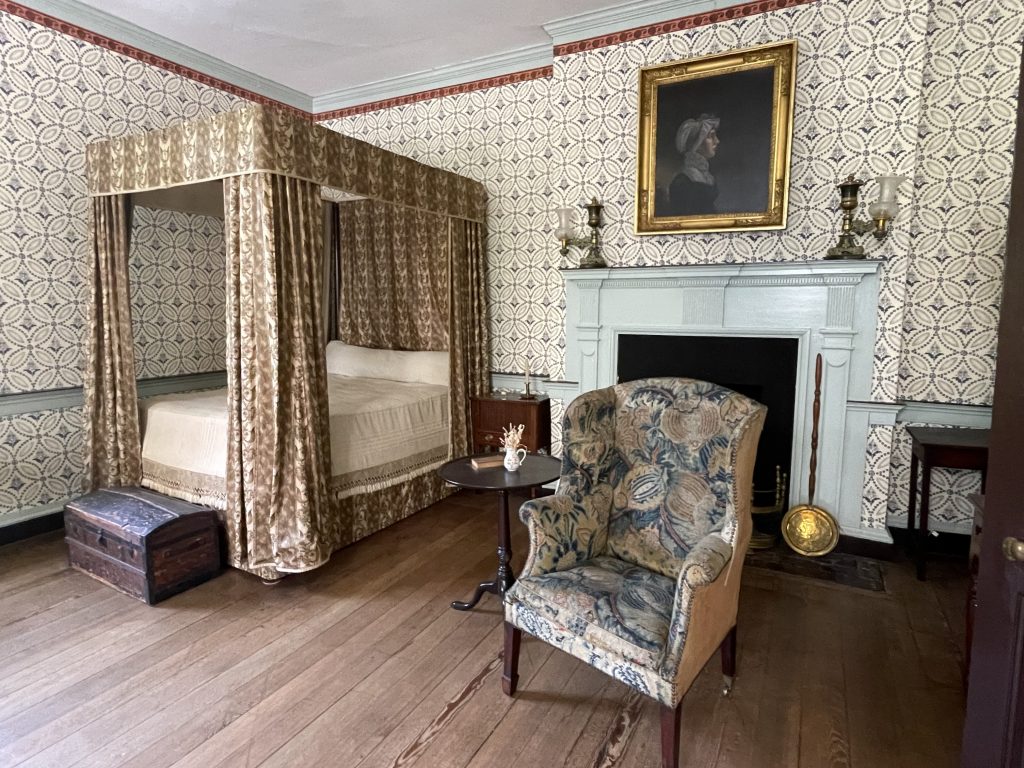
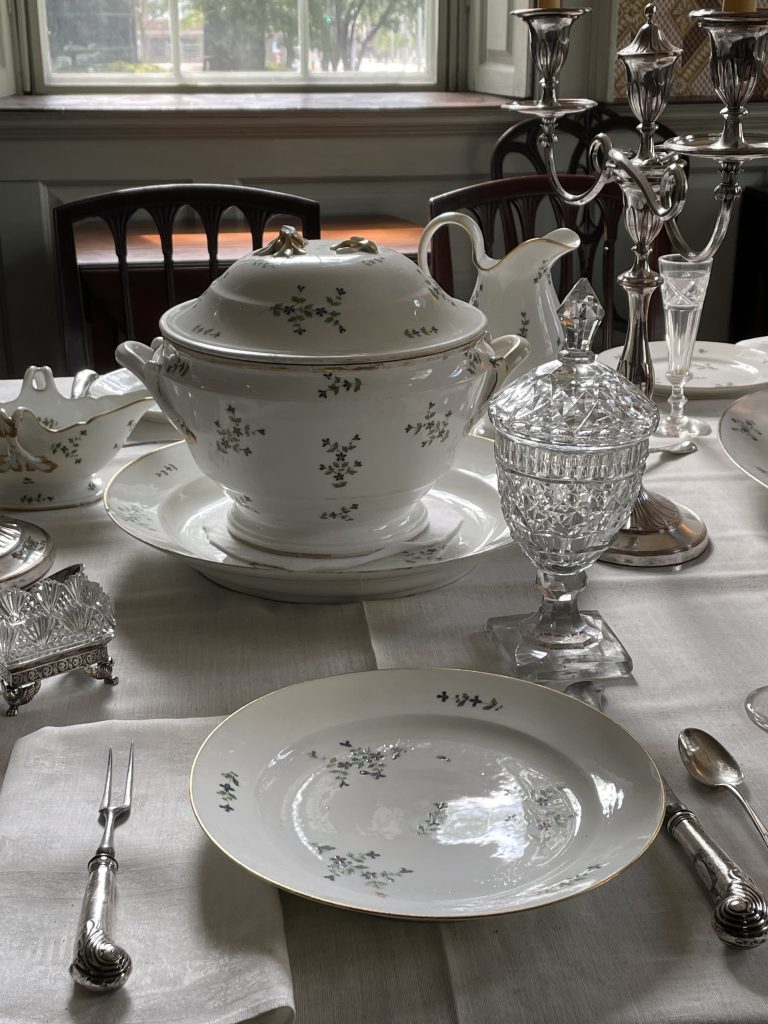
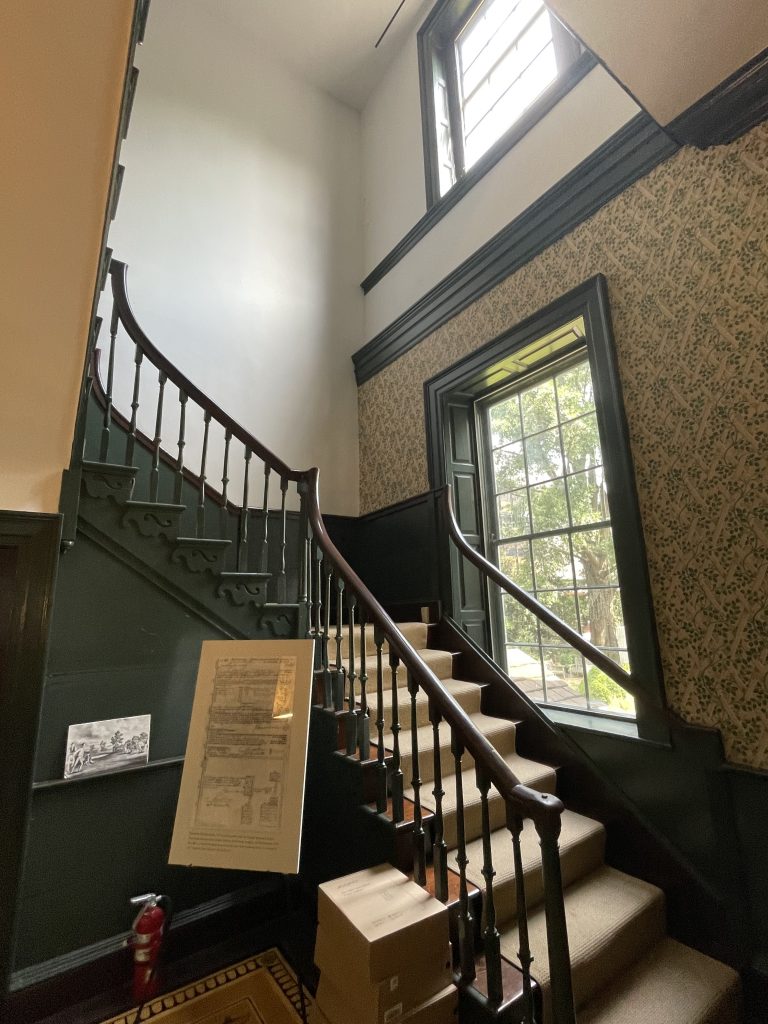





One thought on “The John Marshall House”